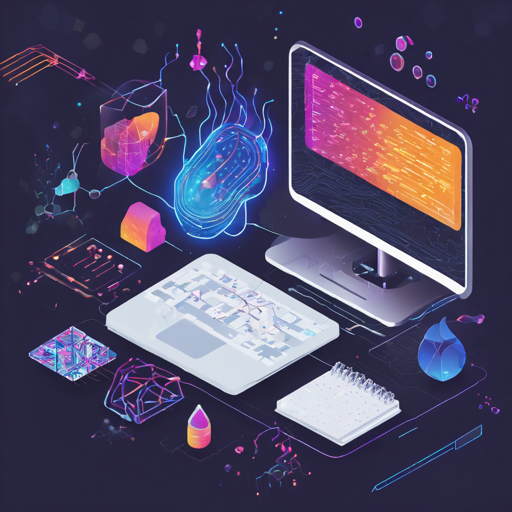Welcome to the exciting world of deep learning with PyTorch! This article will guide you through a collection of notebooks designed for you to study, practice, and experiment with deep learning concepts. Whether you’re a beginner just starting out or an intermediate learner looking to refine your skills, these resources are tailored to boost your understanding and application of neural networks.
Getting Started: What Are PyTorch Notebooks?
PyTorch notebooks are interactive coding environments where you can write and execute Python code rapidly. They not only allow you to understand the intricacies of deep learning but also encourage you to conduct more research beyond the notebooks themselves. Think of these notebooks as your training wheels on a bicycle; they offer support as you learn to balance the weight of abstract concepts and their practical applications.
A Look at the Available Notebooks
Here’s a snapshot of some valuable notebooks that you can engage with to enhance your learning:
| Name | Description | Category | Level | Notebook | Blog |
|---|---|---|---|---|---|
| Implementing a Logistic Regression Model from Scratch | Learn how to implement the fundamental building blocks of a neural network using PyTorch. | Machine Learning | Beginner | Notebook | Blog |
| PyTorch Hello World | Create a hello world for deep learning using PyTorch. | Deep Learning | Beginner | Notebook | Blog |
| PyTorch Quickstart | Learn about PyTorch’s basic building blocks to build and train a CNN model for image classification. | Image Classification | Intermediate | Notebook | Blog |
| A Gentle Introduction to PyTorch 1.2 | This comprehensive tutorial aims to introduce the fundamentals of PyTorch building blocks for training neural networks. | Neural Networks | Beginner | Notebook | Blog |
An Analogy to Understand the Structure of a Neural Network
Imagine a neural network as a bustling factory assembly line, where every component plays a crucial role in producing a final product. The input data is like raw materials arriving at the factory, ready to be processed. Each layer of the neural network is akin to different stations on the assembly line:
- The first station is where the raw materials are inspected and filtered (input layer).
- Subsequent stations (hidden layers) refine and optimize the materials through various transformations (activations and weights).
- Finally, the last station produces the final product (output layer), which can be a classification decision, a regression result, or any other output the model is designed to generate.
Each part must work seamlessly together for the factory to churn out desired results. Without one section performing accurately, the entire assembly line may produce defective products, illustrating the need for thorough training and tuning of every layer in a neural network.
Troubleshooting Common Issues
As you embark on your learning journey with these notebooks, you may encounter a few hiccups along the way:
- Code Errors: If you run into issues executing the code, double-check for typos and ensure that all the required libraries are installed.
- Data Loading Problems: Make sure your data files are in the correct directory relative to your notebook and that paths are specified correctly.
- Model Performance: If your model isn’t performing well, consider adjusting hyperparameters or experimenting with different architectures.
For more insights, updates, or to collaborate on AI development projects, stay connected with fxis.ai.
Conclusion
At fxis.ai, we believe that such advancements are crucial for the future of AI, as they enable more comprehensive and effective solutions. Our team is continually exploring new methodologies to push the envelope in artificial intelligence, ensuring that our clients benefit from the latest technological innovations.
With the resources available and the analogies offered, you’re now equipped to take your first steps into the vast realm of deep learning with PyTorch. Happy coding and learning!

